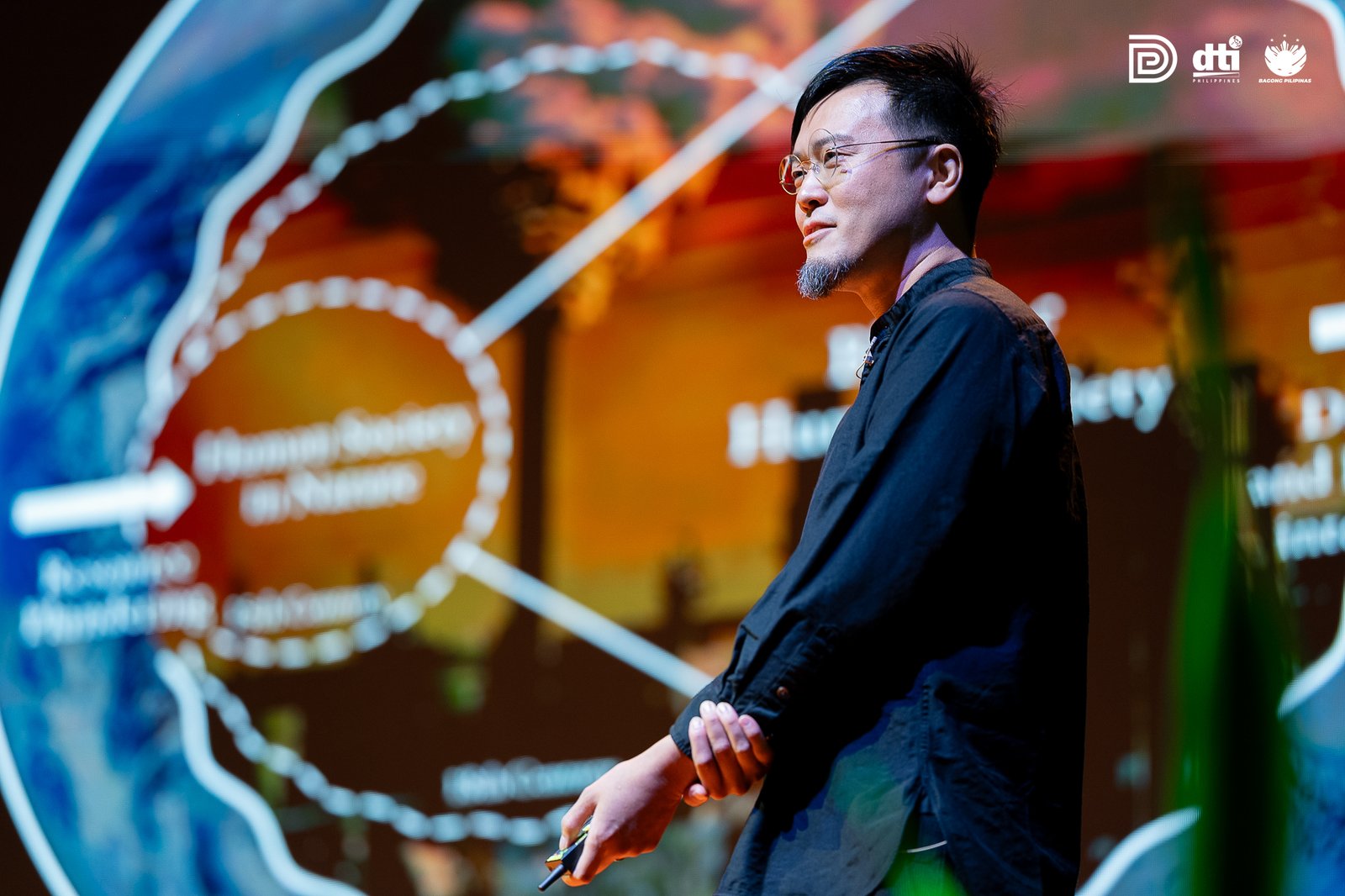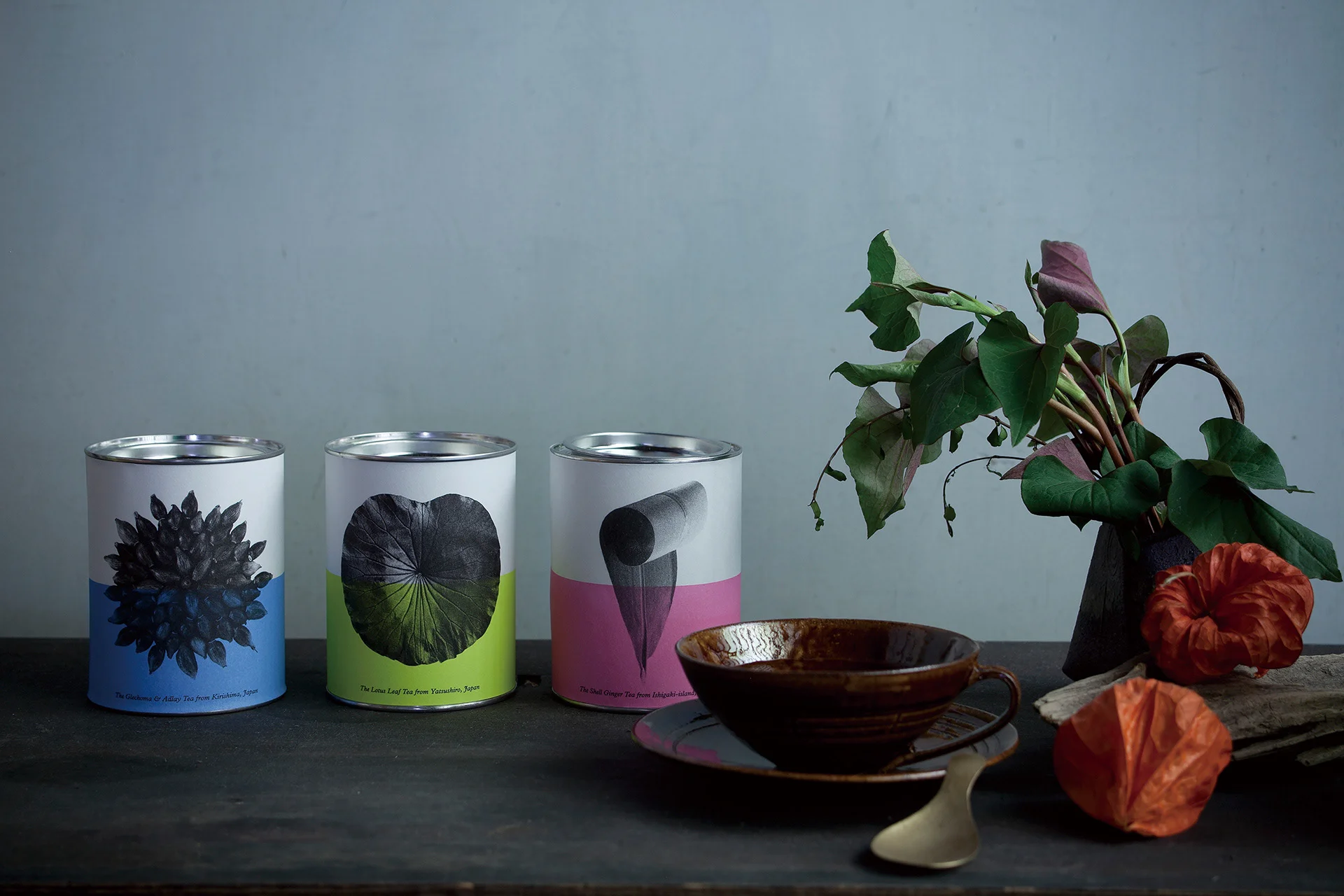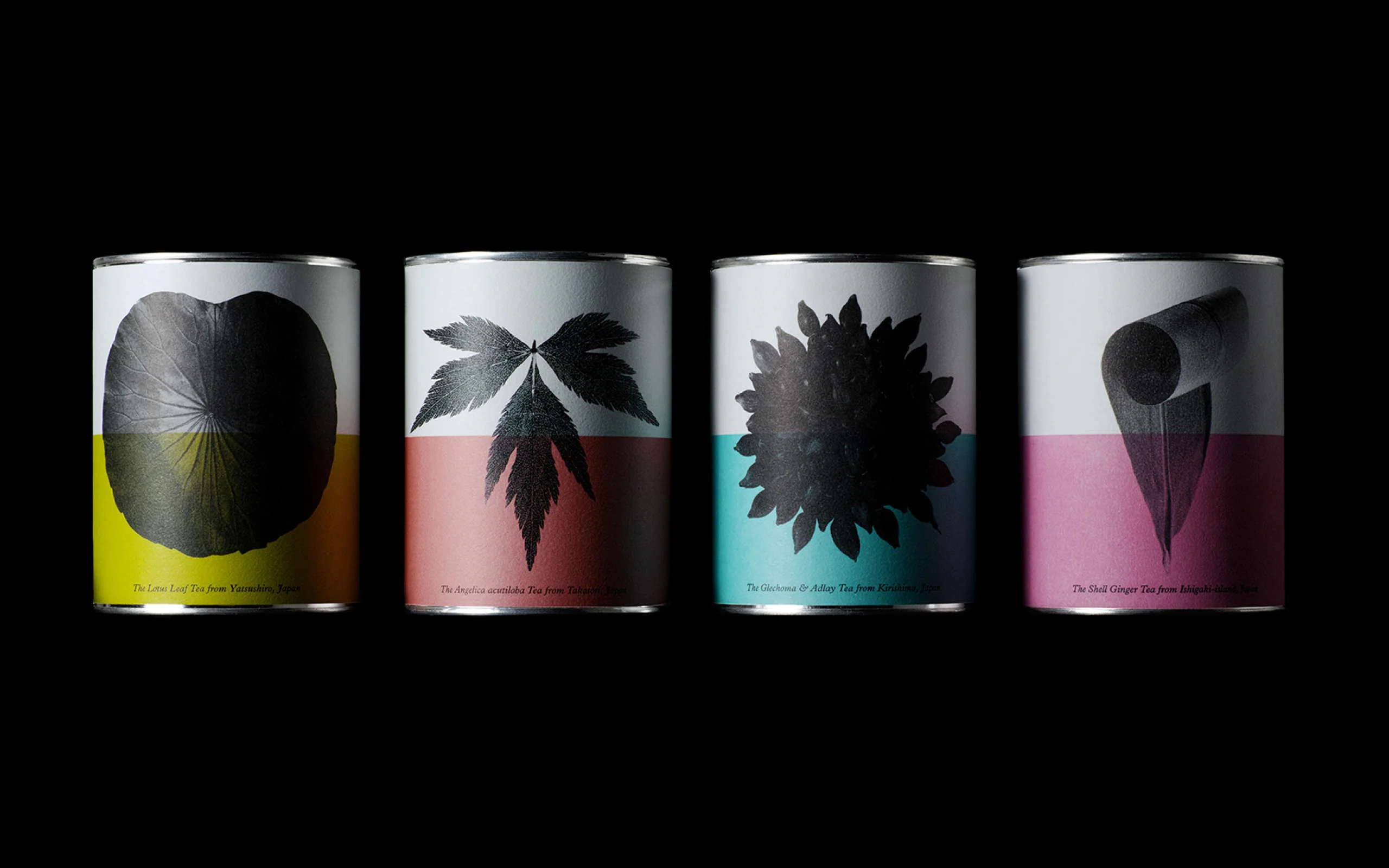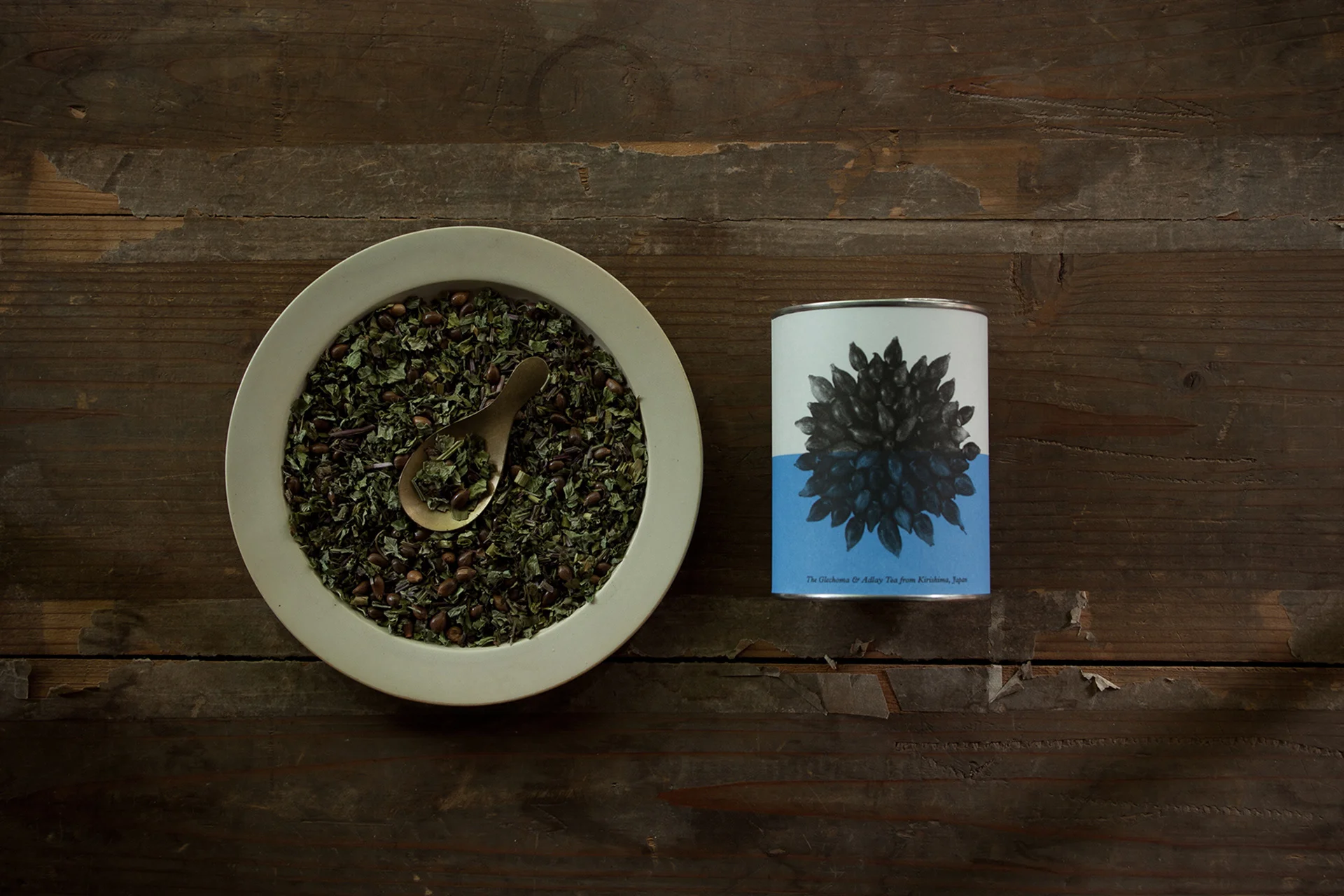Introduction and interview The Kanto team
Images NOSIGNER and DTI-Design Center of the Philippines
“Empathy and evolution are inseparable; design truly evolves when it adapts with care for others and for the world around us,” Prof. Eisuke Tachikawa, CEO and founder of Japanese design firm NOSIGNER, shares with Kanto.
The proponent of Evolutional Creativity and ADAPTMENT creation frameworks recently spoke in multiple sessions at the International Design Conference (IDC), the Philippines’ premier platform for design innovation since 2017, organized by the DTI – Design Center of the Philippines. With the theme “Holding the Whole: Design for Collective Flourishing,” the conference, held at Samsung Hall, SM Aura Premier and online last September 26, 2025, challenged attendees to look beyond individual projects and see their work as a systemic force for good—a theme very much in line with the ethos of Tachikawa’s NOSIGNER, a social activist design studio whose projects invest decisively in a more hopeful future.
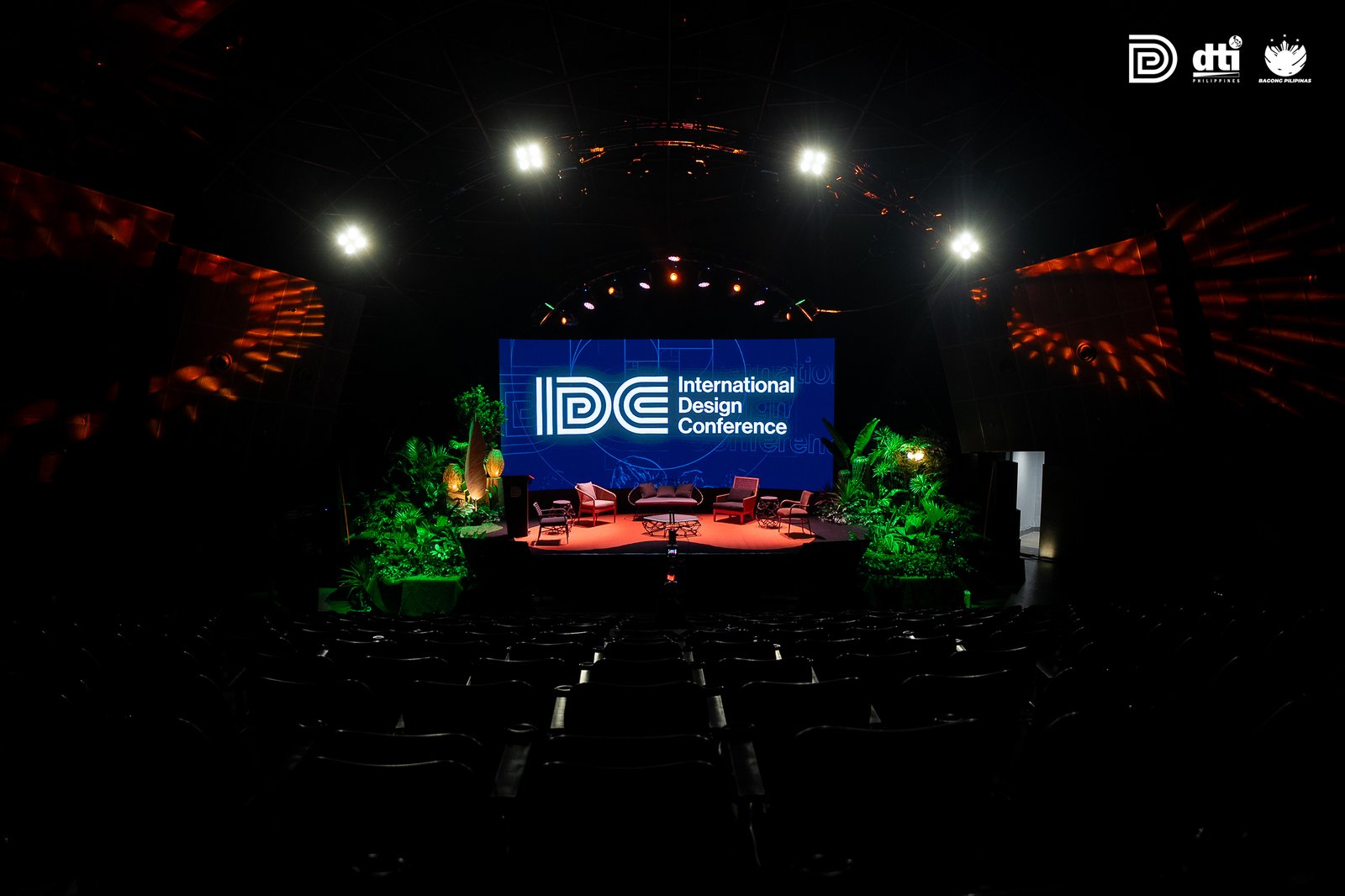
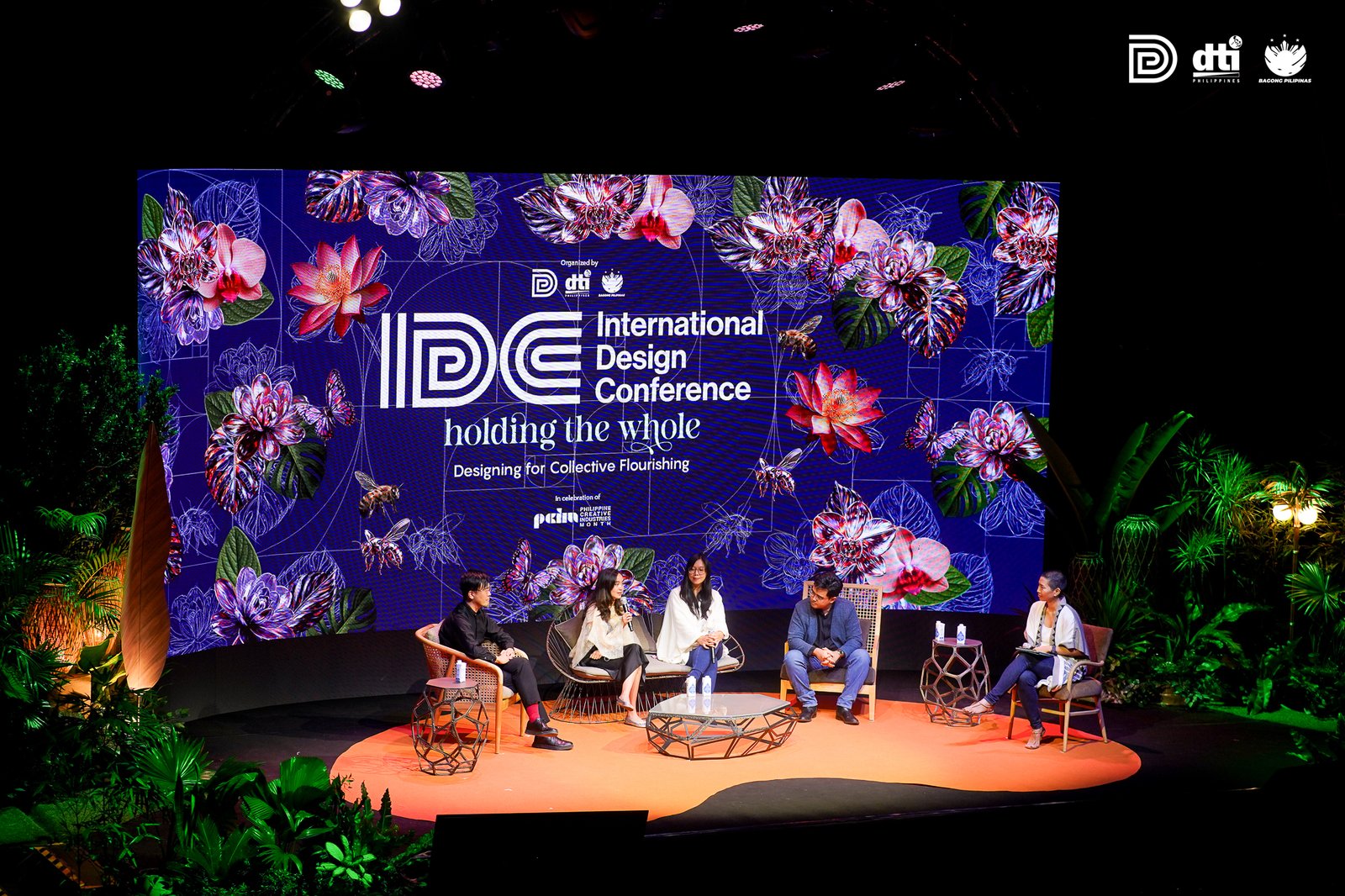
For his session, Prof. Tachikawa urged the audience to confront their scars and personal fractures, to ask and face head-on what it means to “flourish,” and to consider what healing requires to ignite transformation.
Only after personal transformations can the groundwork for collective flourishing take place. As a proponent of “hopeful futures,” Tachikawa is confident in every Filipino’s capacity to transform the Philippines for the better. “The Philippines’ archipelagic geography is very unique, so it must innovate and adapt according to its own circumstances. Filipinos, even young people, can contribute to making a transformative change in their own way. Every stakeholder has a role in making an impact,” he told his audience of around 500.
Kanto caught up with Prof. Tachikawa after the IDC to discuss themes and topics he had shared during the conference and to hear his vision of “collective flourishing.”
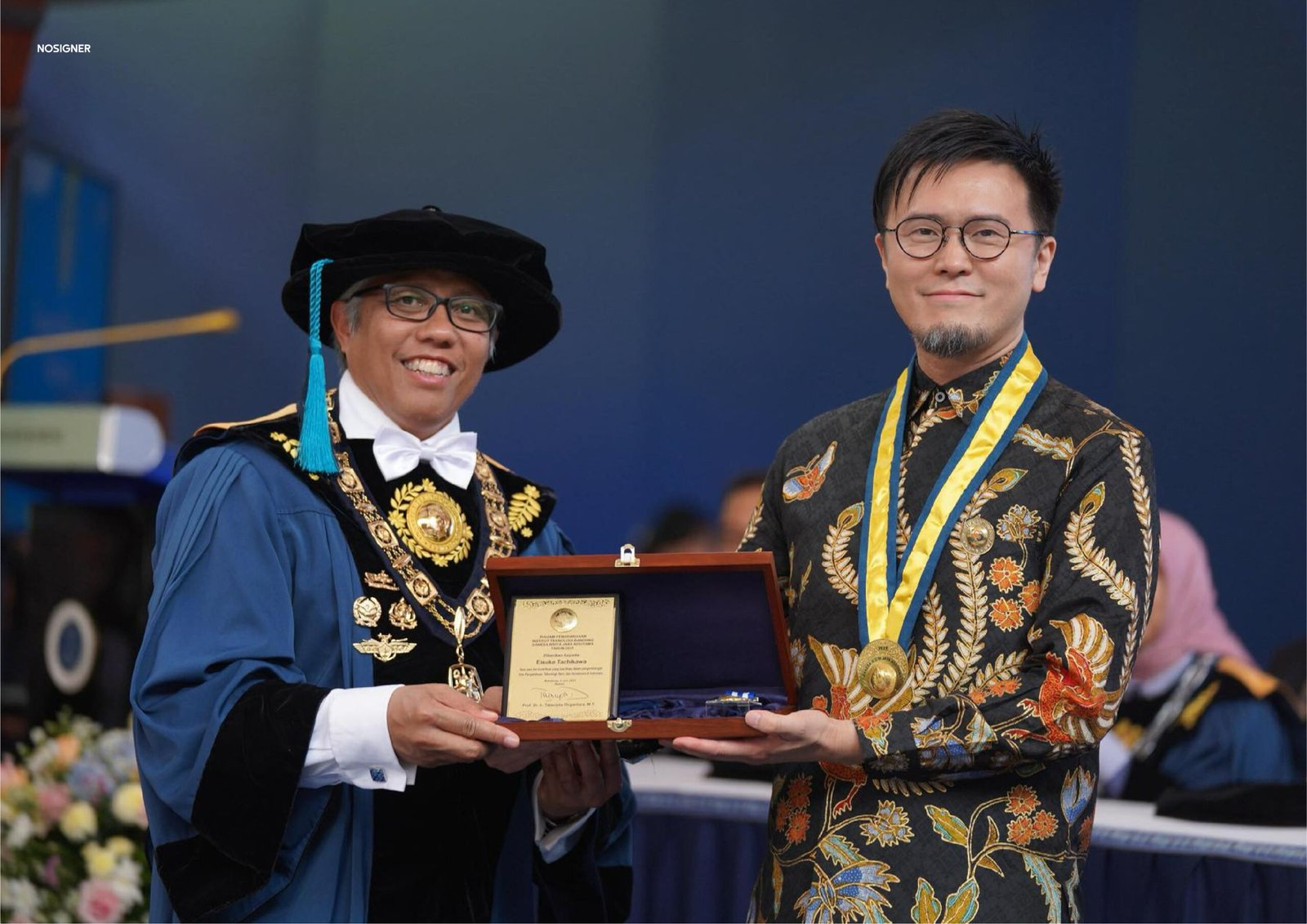
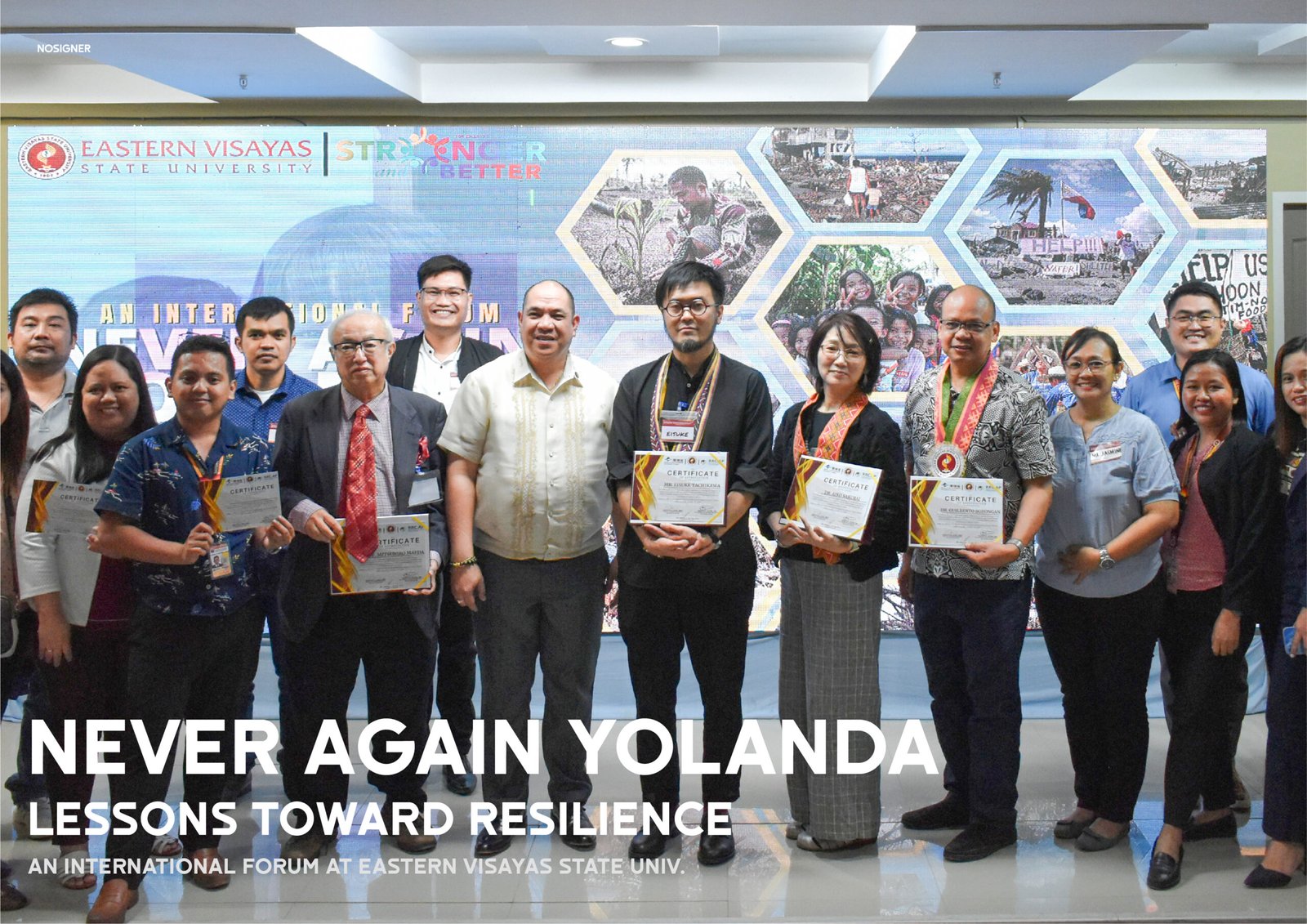
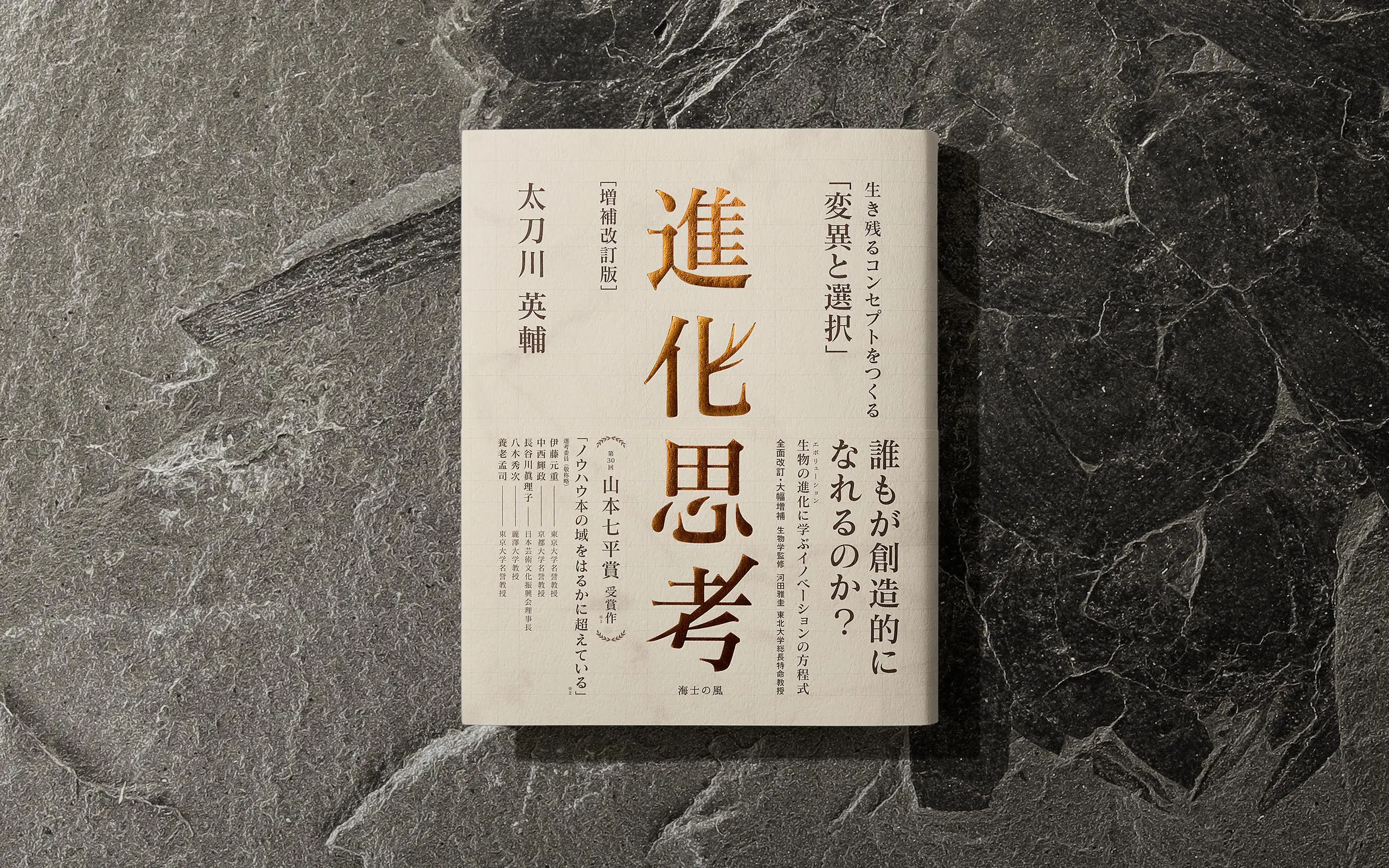
Thank you for your time, Tachikawa-san! In your IDC talk, you described “Evolutional Creativity Thinking” as a way of understanding creativity. What does it mean to treat creativity as a kind of evolution, and why does this matter now?
Prof. Eisuke Tachikawa, NOSIGNER: To treat creativity as a kind of evolution means to see it not as a magical act from nothing, but as a process of variation and selection—just like in nature. There is no such thing as a perfect design, but there is a process through which design becomes more refined by adapting to its environment. Evolutional Creativity Thinking is my attempt to make that process visible and learnable.
This matters now because we live in an age of environmental crises and rapid technological change. Evolutional Creativity has already been applied in more than 70 companies and universities, recognized with awards such as the Yamamoto Shichihei Prize, and translated into four languages. We are now preparing the English edition. It offers a framework for sustainable creativity that equips people and organizations to adapt and create in ways that matter for the future.
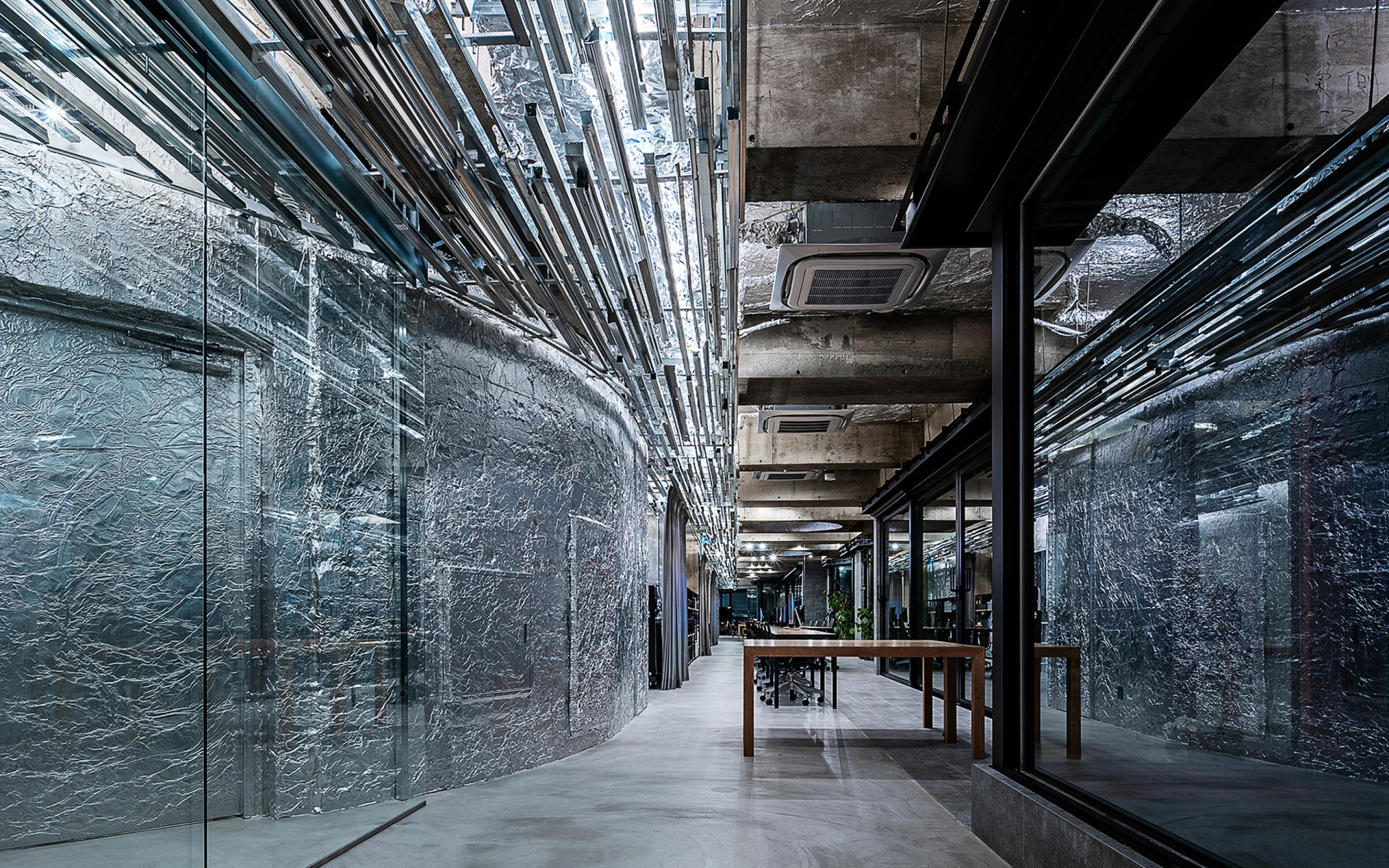
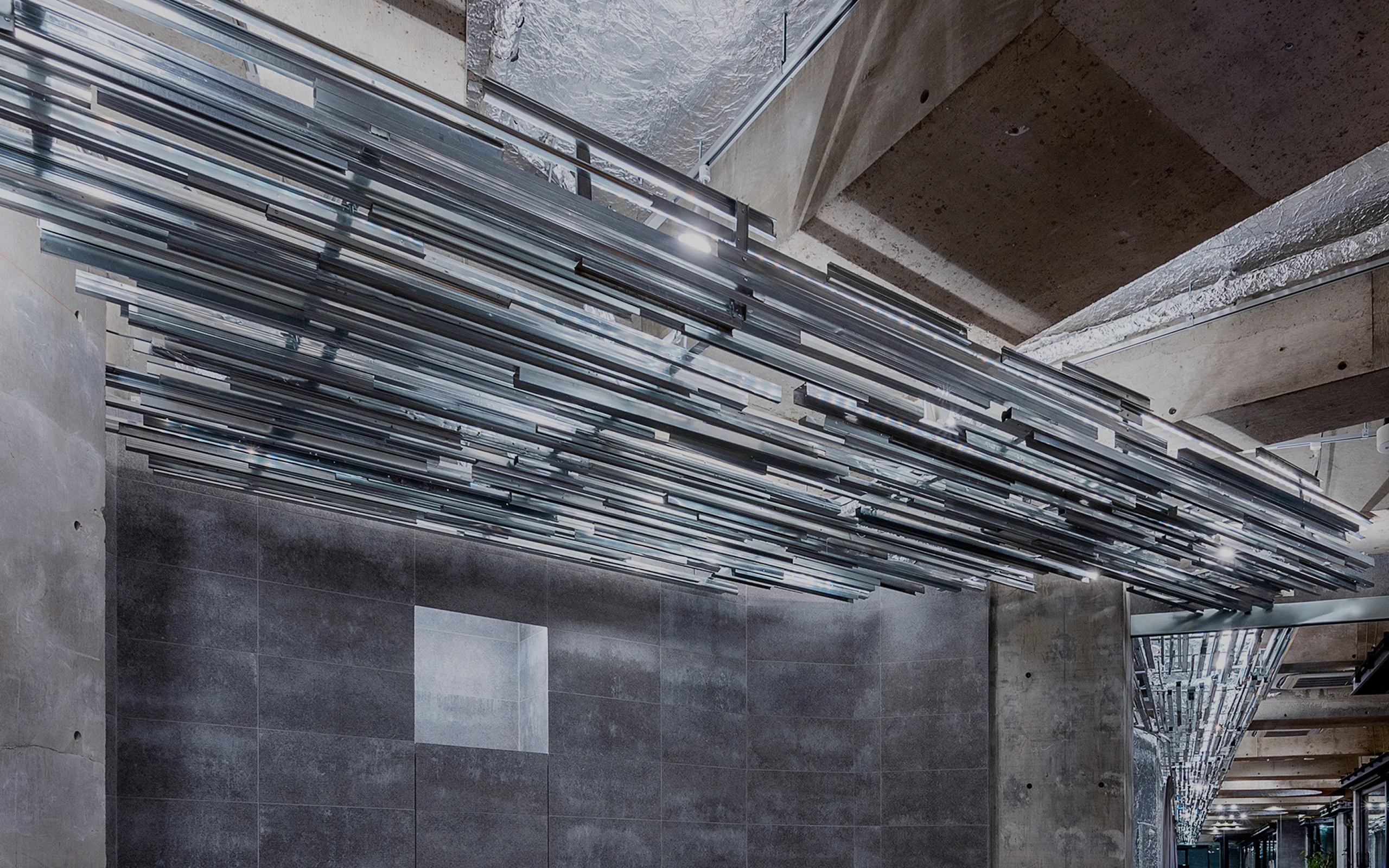

Evolution is often viewed as progress or improvement, but empathy offers a different lens: adapting in ways that prioritize the care of others. How do you see empathy shaping the way design evolves?
Prof. Eisuke Tachikawa, NOSIGNER: Empathy shapes design evolution because it directs our attention to selection pressures—the conditions that determine what survives. Observing selection pressures means caring: noticing the smallest details and the broadest systems, looking from past to future. Empathy goes further, allowing us to step into another’s perspective and deeply understand their needs. In this sense, empathy and evolution are inseparable; design truly evolves when it adapts with care for others and for the world around us.
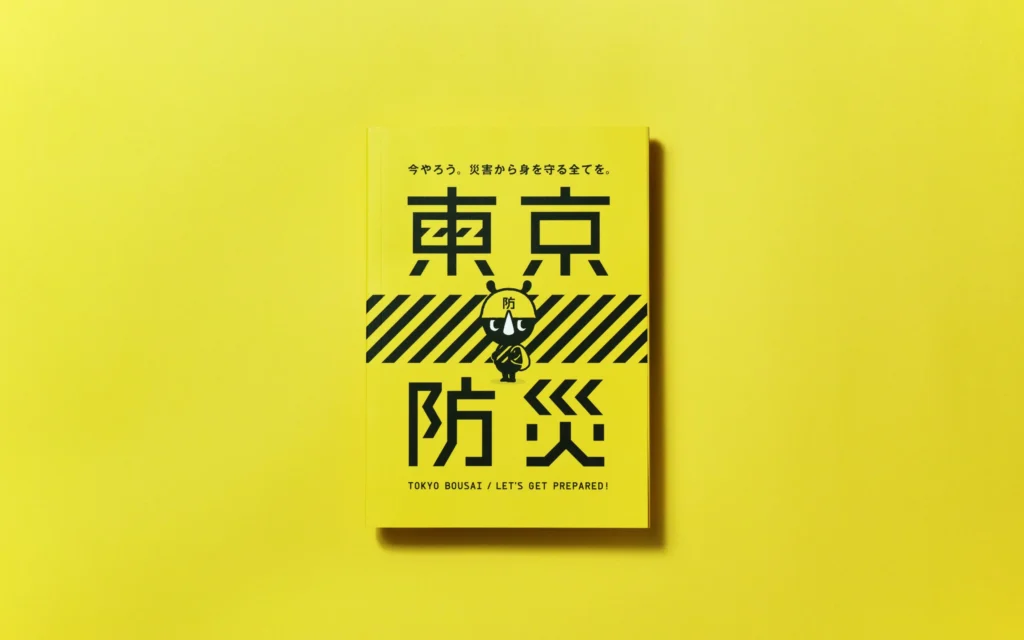
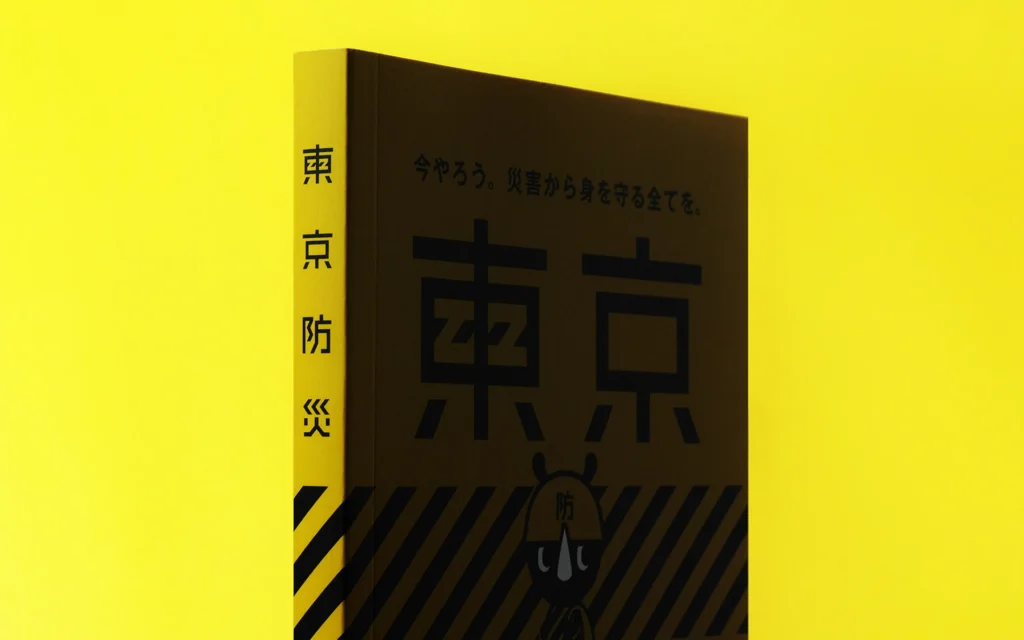
Your body of work at NOSIGNER often draws from both advanced science and traditional craft. Can evolution in design come not just from the new, but from the overlooked, the old, or the unexplored? How do you balance these?
Prof. Eisuke Tachikawa, NOSIGNER: Yes, design evolution absolutely comes from the overlooked and the old as well as the new. New technologies often spread quickly but also become obsolete just as quickly. By contrast, innovations rooted in older knowledge or forgotten techniques frequently endure far longer.
At NOSIGNER, we strike a balance by deliberately integrating both cutting-edge science and traditional craftsmanship. We do not pursue novelty for its own sake; instead, we seek to create designs that can take root in society and last across generations.


The Philippines is rich in craft, biodiversity, and cultural diversity, but it’s also facing rapid change and urban pressures. If you were to apply Evolutional Creativity here, what unique possibilities or challenges stand out to you?
Prof. Eisuke Tachikawa, NOSIGNER: Applying Evolutional Creativity in the Philippines reveals both great challenges and unique possibilities. The country faces rapid urbanization and climate-related disasters, yet it also has extraordinary biodiversity, craftsmanship, and cultural diversity.
From this perspective, we developed a framework called ADAPTMENT, which draws on adaptive evolution to inform climate adaptation strategies. It could help cities mitigate disasters while preserving ecosystems in balance. That dual challenge—protecting what is irreplaceable while adapting to rapid change—is also the unique possibility of the Philippines. I would love to find partners here to build such adaptive urban strategies together.
Innovation and evolution are often described in terms of speed and forward motion. Yet rest, pause, and reflection can be just as important for transformation. How do you see these quieter moments shaping the way creativity evolves?
Prof. Eisuke Tachikawa, NOSIGNER: Quiet moments shape creativity by allowing hidden changes to accumulate. In evolution, what appears to be stasis or dormancy often conceals transformations that later emerge in a dramatic form. Creativity works the same way: the pause is not the absence of change, but the preparation for it.
By standing still, we not only refine what already exists but also create the space to imagine new branches and directions. These quieter moments provide the conditions for breakthroughs that speed alone cannot achieve.
You’ve spoken about design as a way of nurturing flourishing futures. In your view, what does a flourishing future look like, and what role can designers play in getting us there?
Prof. Eisuke Tachikawa, NOSIGNER: A flourishing future looks like a society where humans, nature, science, and culture co-evolve. Today, we still live under the illusion that nature is a resource to exploit at will. But nature is our mother, and without coexistence, there is no future.
Frameworks like Evolutional Creativity and ADAPTMENT exist to help us learn from nature and design for coexistence. Designers can play a vital role in making this vision visible—by shaping environments that give people hope, by nurturing better relationships, and by guiding society toward a world where all forms of life can thrive together. •
Kanto thanks DTI – Design Center of the Philippines for making this interview possible.
Kanto.PH is a media partner of the International Design Conference 2025.
